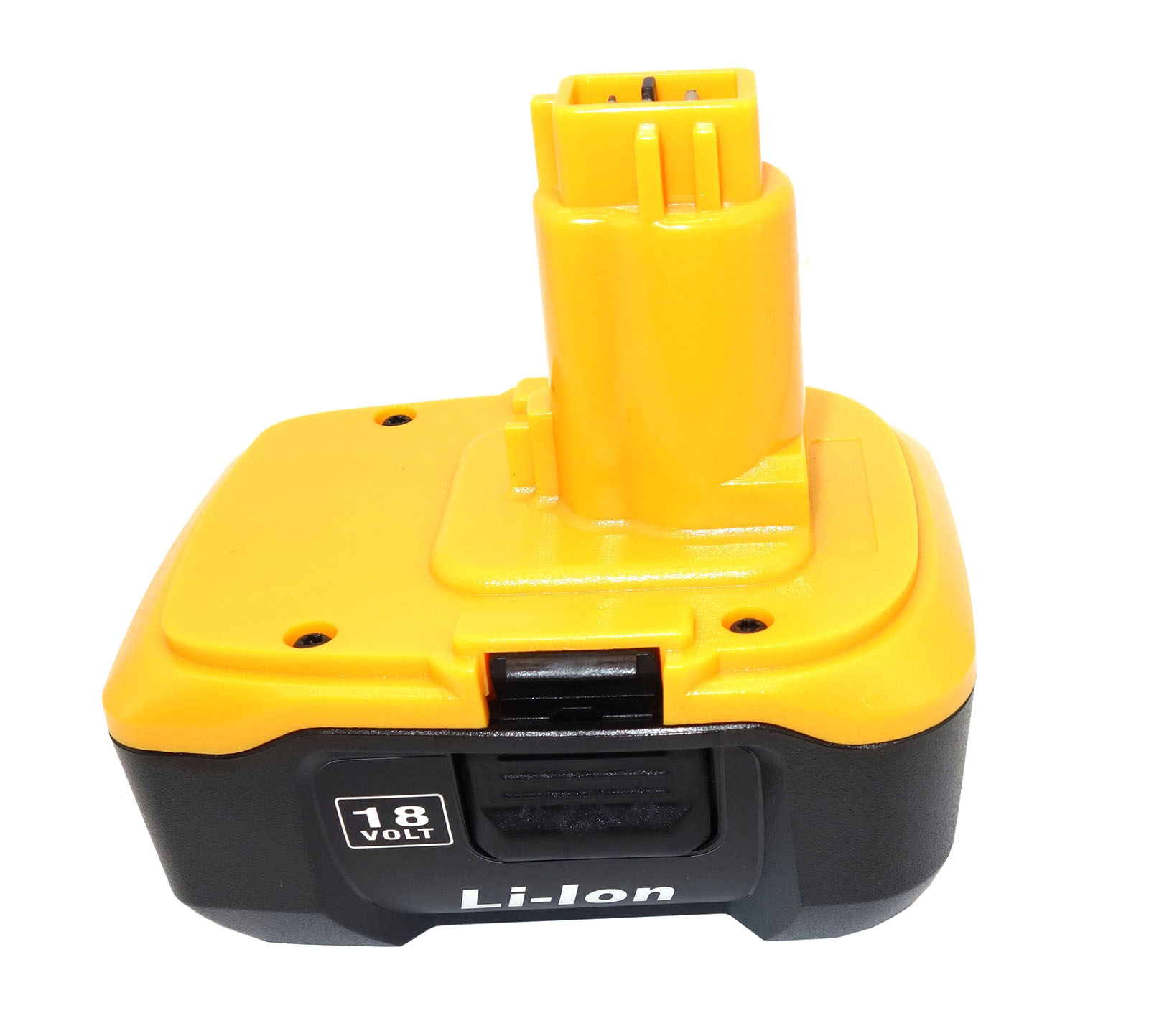
So yes, 18V and 20V MAX systems operate with the same amount of voltage. 20V MAX* – 20 volts initial maximum measured without load, 18 volts nominal.Double Chocolate Fudge Brownies, bake for 25 minutes* – 18 minutes at higher elevations.Barry Bonds, Single Season Home Run King* – Known to have used performance-enhancing drugs.Is it misleading? Only if you don’t look for an explanation when you see something marked with an asterisk. That asterisk and the word “MAX” point to the documentation that clearly states the voltage is rated at its maximum. On both DeWalt and Craftsman tools, you’ll notice their packaging marked 20V MAX*. On the DeWalt 20V Max page, you’ll see an asterisk next to every instance of 20V MAX* and the following near the bottom: The key to this whole debate might simply be to visit the DeWalt 20V MAX* website-and look for the asterisk. 20V MAX is the Same as 18 Volts Nominal – Proven by DeWalt So before you leave with a bad taste in your mouth about DeWalt or Craftsman power tools, understand that everyone does it somewhere. Jump up to OPE (Outdoor Power Equipment) and we get 40V systems (10 cells) that are taking the place of the 36V platforms of a couple of years ago. Everyone advertises their 12V line (3 cells), not their 10.8V families. Putting a nominal voltage on it is a representation of where the battery-operated most of the time.įor some reason, 20V Max vs 18V debate only seems to be an issue among these 5 cell group platforms. From a marketing standpoint, being able to put a higher number on the tool makes it seem more powerful. That means 18V high-power tools and 10.8-volt tools. You’ll find that tools are sold by their nominal voltage in most areas. First, many European countries are more strict about how a company can advertise. Nominal voltage is 18.This brings up several interesting talking points. * Maximum initial battery voltage (measured without a workload) is 20 volts. For more information on the DEWALT 20V MAX* platform visit. The 20V MAX* Battery platform supports a wide range of tools including ATOMIC Compact Series™ lightweight tools that are designed for user comfort and tight space applications, as well as DEWALT FLEXVOLT ADVANTAGE™ and POWER DETECT™ tools, for added runtime in more demanding applications.ĭEWALT 20V MAX* batteries and tools within the 20V MAX* system are available where DEWALT products are sold.

Those opting to switch to the 20V MAX* platform will benefit from a wide selection of more than 250 tools in the system, as well as products engineered specifically for trades including electricians, plumbers, mechanics, and many more. In addition, 18V chargers may not be used to charge 20V MAX* Batteries via the adapter. The adapter is not compatible with FLEXVOLT® Batteries or 20V MAX* 6.0Ah, 8.0Ah, or 10.0 Ah XR® Batteries (DCB206, DCB208, DCB210) and should not be used with DEWALT batteries in DC970 or DC759 tools. Users may implement the DEWALT 18V To 20V Adapter ( DCA1820) allowing use of 20V MAX* Lithium Ion batteries in most 18V DEWALT tools. The 18V XRP™ Lithium Ion Battery (DC9180) and all other compatible battery models for 18V XRP™ have been discontinued. Supply is subject to customer demands and subject to change. Supply of DEWALT 18V NiCad batteries (DC9096 and DC9096S) are estimated to run through March 2022. TOWSON, MD (September 7, 2021) – DEWALT is encouraging current 18V NiCad battery platform users to make the switch to its 20V MAX* system as remaining 18V NiCad batteries will begin to be phased out of the DEWALT portfolio. DEWALT 18V NiCad Battery System To Be Phased-Out Supply Estimated to Run Through March 2022


 0 kommentar(er)
0 kommentar(er)
